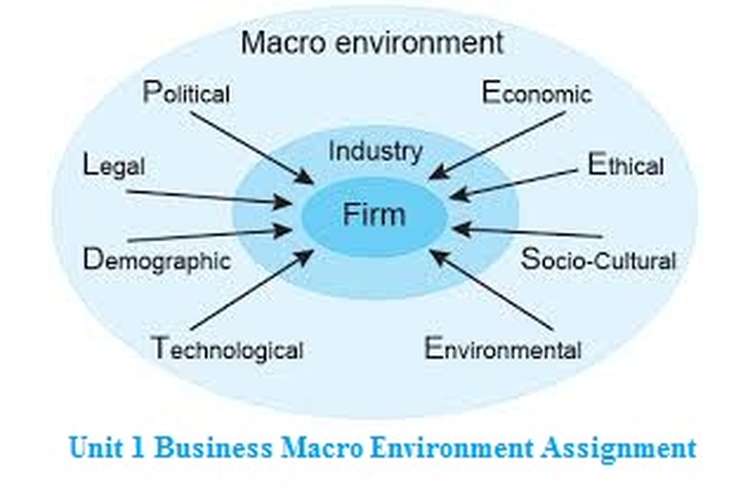


unaffected by short-term deviations) term, and the study of long-term economic growth. Macroeconomics is traditionally divided into topics along different time frames: the analysis of short-term fluctuations over the business cycle, the determination of structural levels of variables like inflation and unemployment in the medium (i.e. Most economists identify as either macro- or micro-economists. In microeconomics the focus of analysis is often a single market, such as whether changes in supply or demand are to blame for price increases in the oil and automotive sectors.įrom introductory classes in "principles of economics" through doctoral studies, the macro/micro divide is institutionalized in the field of economics. The focus of macroeconomics is often on a country (or even larger entities like the whole world) and how its markets interact to produce large-scale phenomena that economists refer to as aggregate variables. Macroeconomics and microeconomics are the two most general fields in economics.

Macroeconomists study topics such as output/ GDP (Gross Domestic Product) and national income, unemployment (including unemployment rates), price indices and inflation, consumption, saving, investment, energy, international trade, and international finance. This includes regional, national, and global economies. Macroeconomics is a branch of economics that deals with the performance, structure, behavior, and decision-making of an economy as a whole. (Production and national income) Macroeconomics takes a big-picture view of the entire economy, including examining the roles of, and relationships between, firms, households and governments, and the different types of markets, such as the financial market and the labour market


 0 kommentar(er)
0 kommentar(er)
